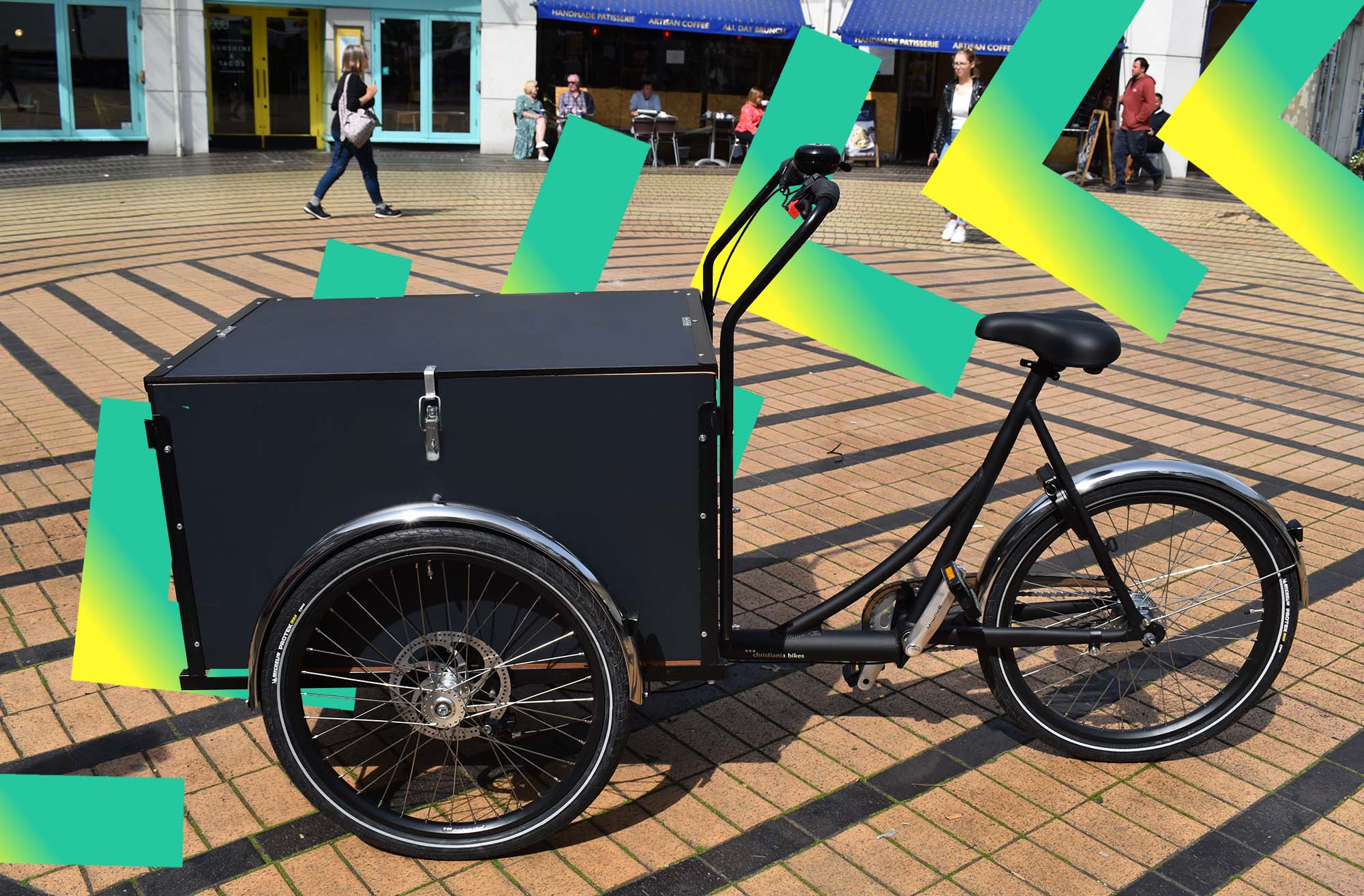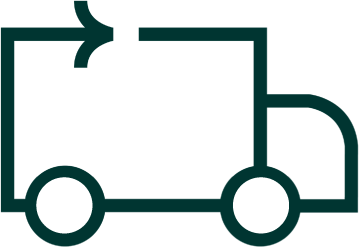Maintenance
Most maintenance will be by done by your chosen mechanic, but you should conduct preventative maintenance yourself including:
Before operating:
- Check your tyre pressure and, if necessary, inflate them to the required pressure
- Check your brakes by squeezing them
- If you have a quick release mechanism on your wheels, check that it is fully closed
- Make sure you have a tyre puncture repair kit handy for your trip
After operating:
- Keep your cargo bike clean and dry. Wipe it down a rag and avoid spraying with water as this may cause parts to rust. If your bike has been in the rain, be sure to let it dry off
- If you have an electric cargo bike, recharge your battery
- Store your battery inside away from extreme temperatures to avoid draining its charge (in freezing weather) and overheating it (in hot weather). Try to store it between 0 and 30°C.
Make sure to check over your cargo bike regularly. Strange, new sounds could mean it’s time to take it to a professional.





